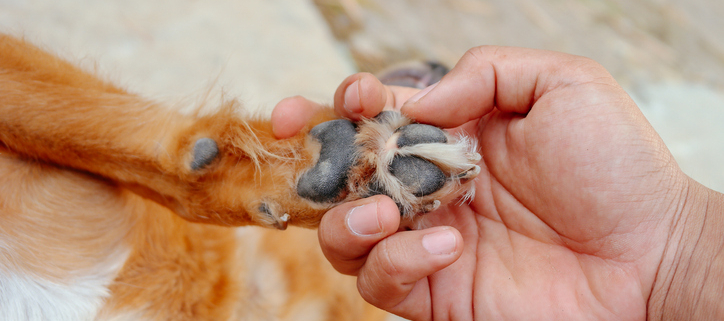Dogs and Getting Splinters in Their Paws: Prevention and Care
Dogs use their paws for everything, from running and playing to
digging and exploring, making them vulnerable to injuries like
splinters. Splinters can occur when a dog steps on sharp objects like
wood, thorns, or glass, causing discomfort and potential infection. As
a responsible pet owner, it’s important to know how to prevent and
care for splinters in your dog’s paws to keep them healthy and
pain-free.
Prevention starts with regular paw inspections. After walks or outdoor
playtime, take a moment to check your dog’s paws for any debris, cuts,
or foreign objects. Keeping your dog’s nails trimmed and paw pads
moisturized can also help reduce the risk of splinters. If you
frequently walk your dog on rough or uneven terrain, consider using
protective booties to shield their paws from potential hazards.
If your dog does get a splinter, it’s important to address it
promptly. Start by calming your dog and gently examining the affected
paw. If the splinter is visible and accessible, you can try to remove
it with clean tweezers. Be sure to clean the area with an antiseptic
solution afterward to prevent infection. If the splinter is deeply
embedded or your dog is in significant pain, it’s best to seek
veterinary assistance.
Monitoring your dog for signs of discomfort, such as limping, licking,
or swelling of the paw, is crucial after a splinter injury. Even after
the splinter is removed, keep an eye on the area for any signs of
infection, such as redness or discharge. If you notice any concerning
symptoms, consult your vet immediately. With proper care and
attention, you can help your dog recover quickly and prevent future
splinter injuries.



